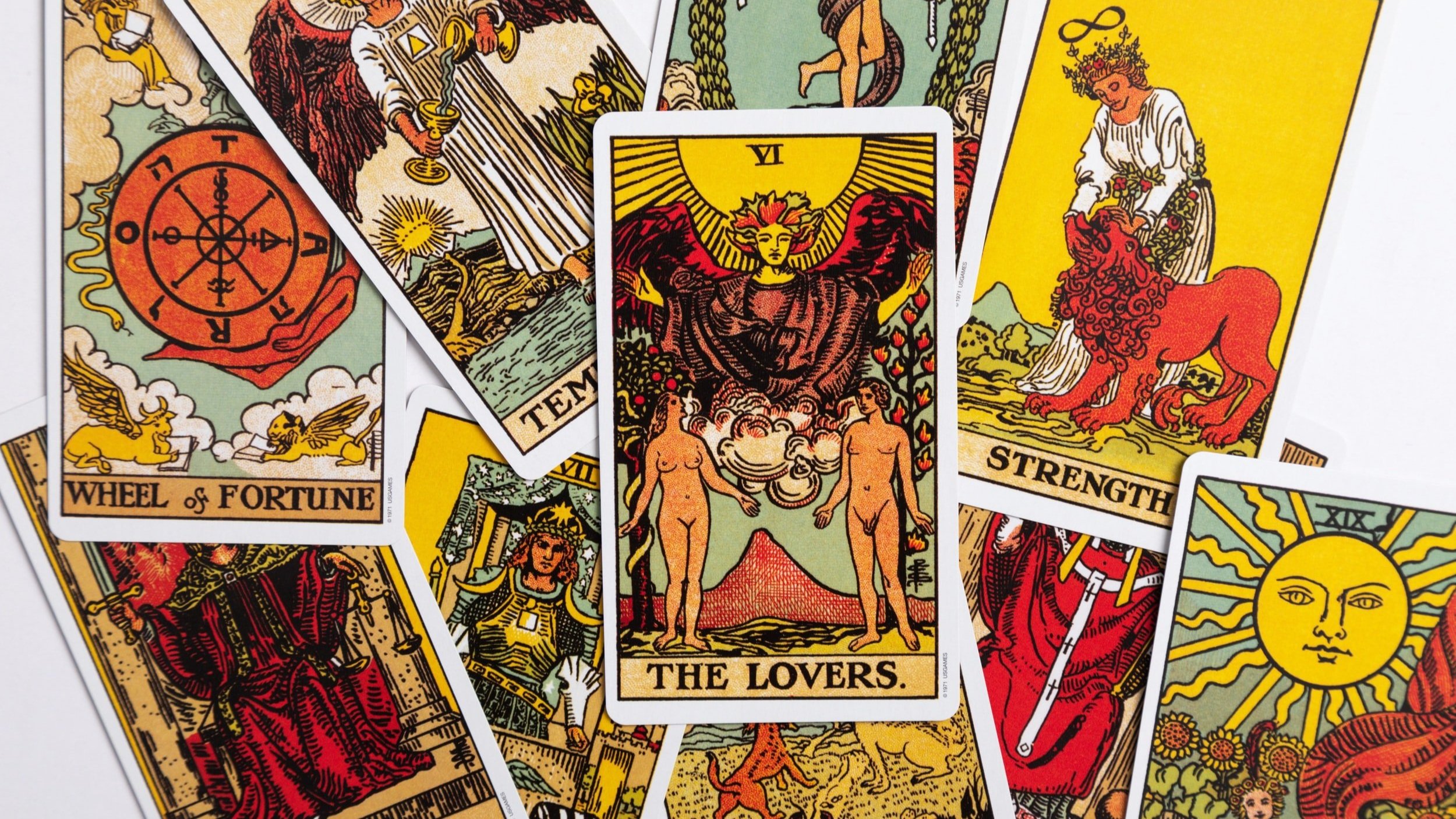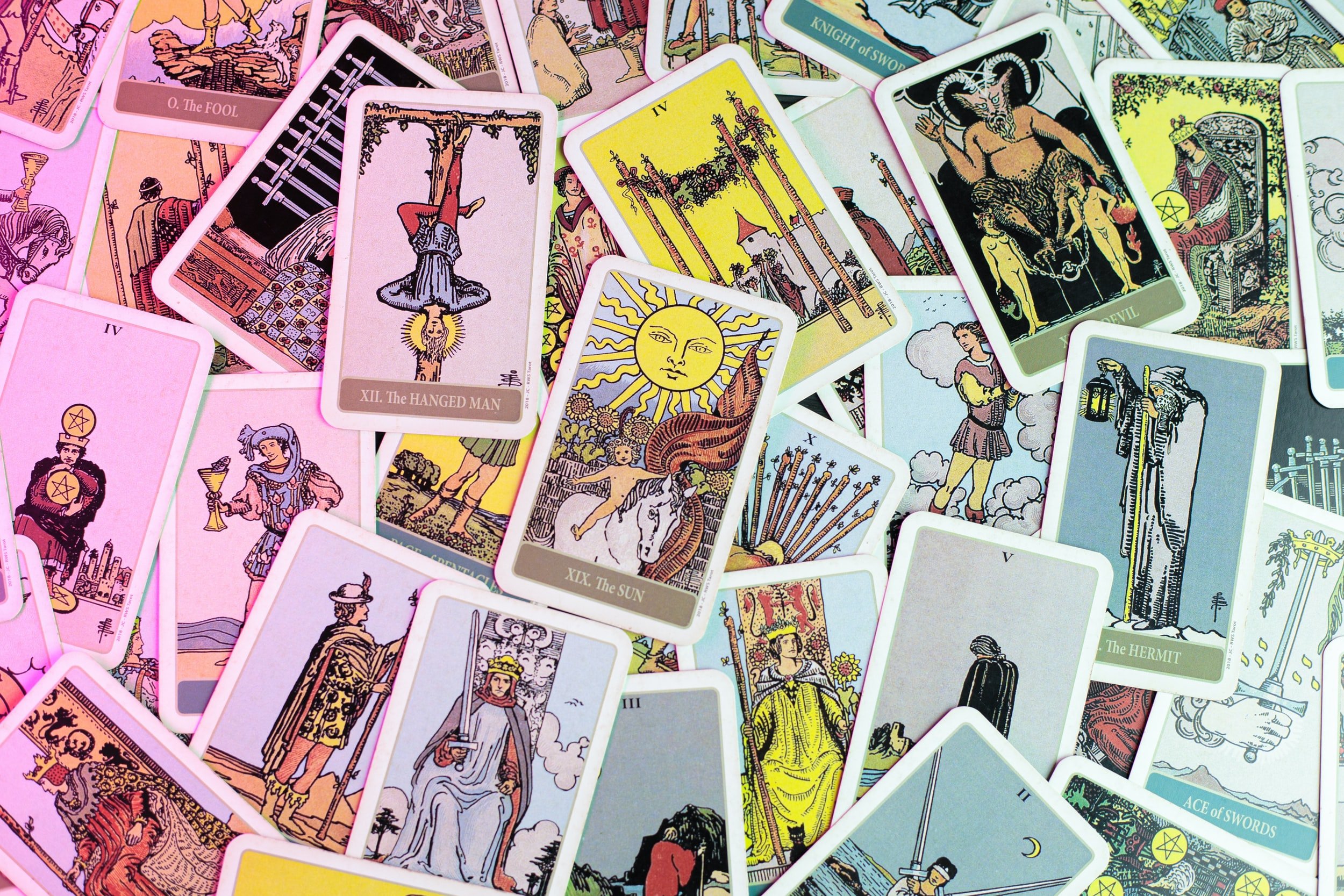Your Guide to Yes or No Tarot Readings
While "yes or no" tarot questions are a popular reading to approach, the seemingly simple query can yield more complexities than it initially seems. Here's how to ensure your "yes / no" tarot reading offers the accurate guidance that you seek.
Can I Use Tarot for Yes or No Questions?
Realistically, you can conduct any kind of tarot reading under the sun that you'd like. Asking your tarot deck a yes or no question is A-ok, but it's also not usually the kind of divination method that tarot beginners find easy to interpret for these kinds of questions.
Why? Tarot is a great tool for asking "how" and "why" questions, but can sometimes give you more than you bargained for with anything else. Tarot cards explore in-depth life queries and offer advice on your most intimate affairs.
So if you want to venture into the world of "yes / no" tarot questions, or predictive future timing readings, for instance, you need some clear-cut methods that won't confuse you. Otherwise, you might ask a "yes / no" tarot question and receive a "yes, and..." kind of an answer.
4 Yes or No Tarot Reading Methods
The key, especially in the beginning, to getting a straightforward answer from your tarot deck is to pick a method and stick with it so that you don't feel overwhelmed, confused, or prone to second-guessing your answers or meanings.
I recommend test running a couple of these tarot methods to see what feels good to you. Or of course, you could just use them as inspiration and make your own methods.
1. "Positive" and "Negative" Meanings
This is the most common method that requires an individual and basic understanding of the tarot card meanings.
Quite simply, if you pull a card that you perceive as favorable, this is a "yes" (and depending on the card, it could be a "strong yes" or some other clarifier), and a traditionally adverse card would receive a "no" interpretation.
Example:
The Sun - strong yes
3 of Cups - yes
The Devil - strong no
Five of Cups - no
I do personally feel that this method requires some confidence in currently established tarot meanings, or else the answer may, again, provide more than you initially wanted.
2. Upright and Reversed
I favor this method for its straightforwardness. This method is exactly as simple as it sounds like: upright cards signal a "yes," and reversed cards indicate a "no."
You can read more into the tarot cards and the meaning that they're offering if you'd like, but it isn't exactly necessary for this one.
Read also: 4 Methods to Read Reversed Tarot Cards
3. First Tarot Card to Arrive
This is also a simple method that you can still infuse a more personal touch into.
For this method, you'll need to establish a "yes" card and a "no" card — just one each. If you have a strong connection to the Queen of Wands, for example, that can be your "yes" card. I recommend making it something that resonates with you (if not for accuracy, then at least just for fun).
Shuffle your tarot deck, focusing on your question. When you're ready, place the deck down so that you can see the tarot cards facing up. Then, simply flip through the cards one by one, and see which card comes up first. That's your answer!
4. Messenger Pages
While this tarot method is (slightly) more complicated than the rest, I also think it's fun (and utilizes the roles of the court cards in a fun way, so if you enjoy the courts or wish to connect with them more, I'd vouch for this one).
Pages are "messengers," so in this method you'll rely on them for your message delivery. Here's how it works:
You'll take the same card selection method used in "first card to arrive," where you're going to shuffle, place the deck face-up, and then peel through the cards to see which Page arrives first.
You're also relying on the "positive and negative" method here, where you'll need to interpret the answers based on your understanding of the cards.
You'll also look at the card right below the Page, because that's the message that it's delivering.
The Page that pops up first and delivers your message also alters the answer as follows:
Page of Cups: Answer is fluid and more subject to change.
Page of Wands: Answer is reliant on your actions.
Page of Swords: Answer is strong.
Page of Pentacles: Answer is unfolding slowly.
Example:
Question: "Will romance enter my life within the next few months?"
First Page to arrive: Page of Wands
Card underneath: Ace of Wands
Interpretation: Yes, but you have to make the first move!




